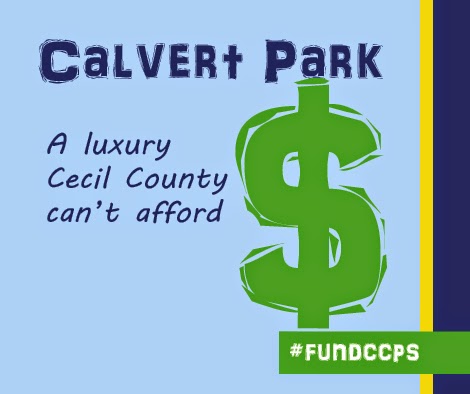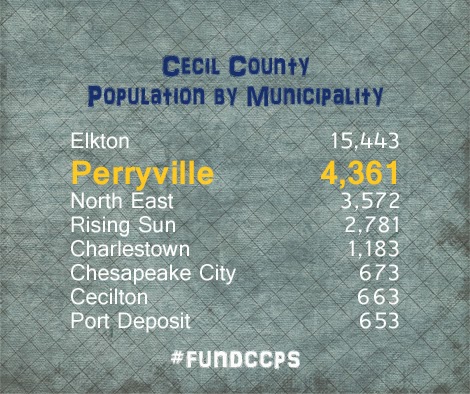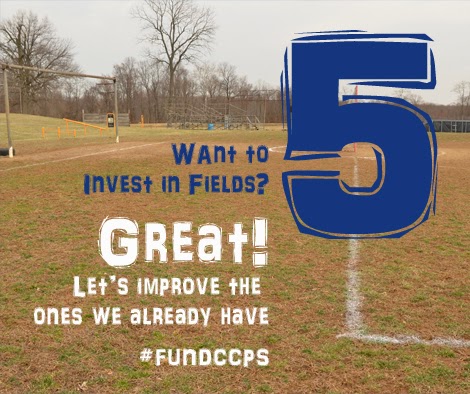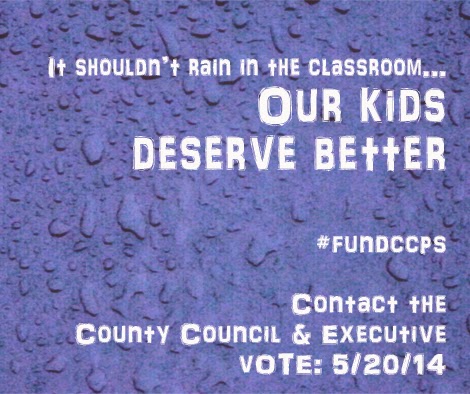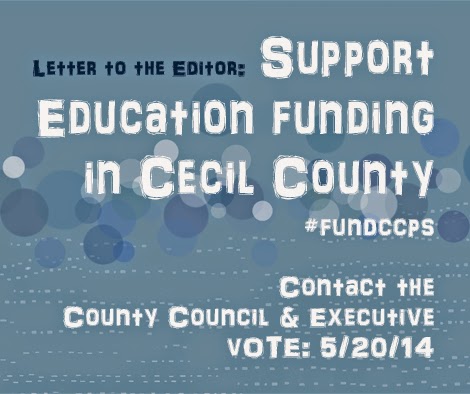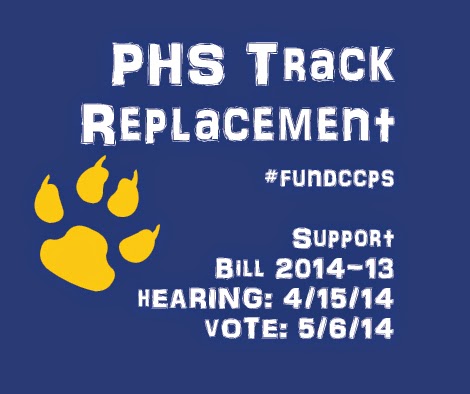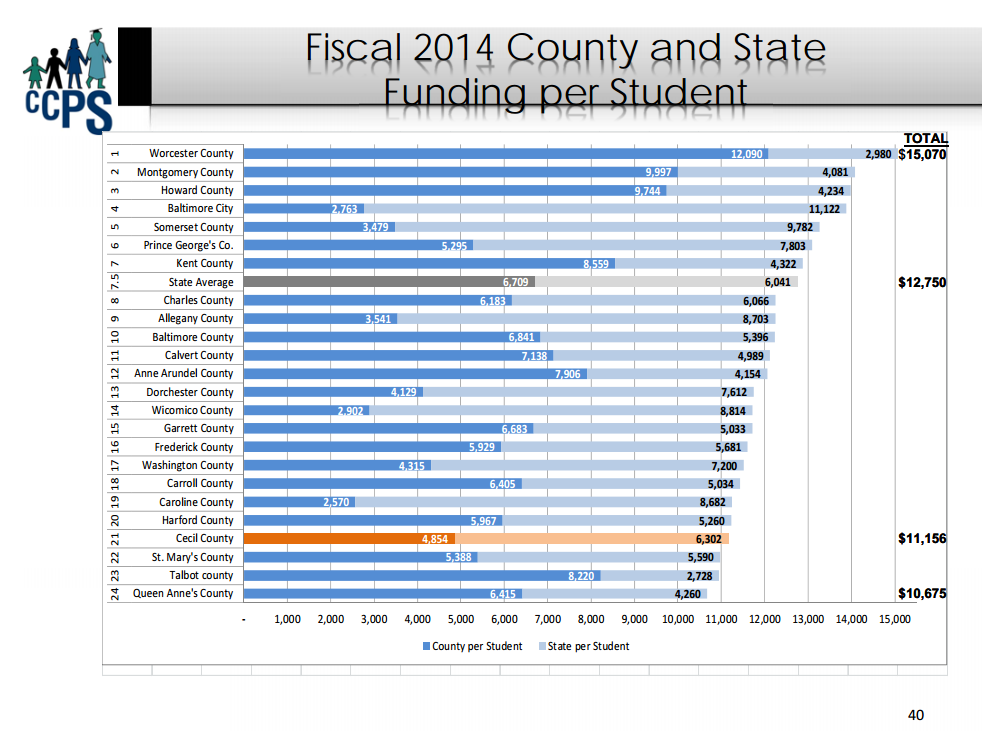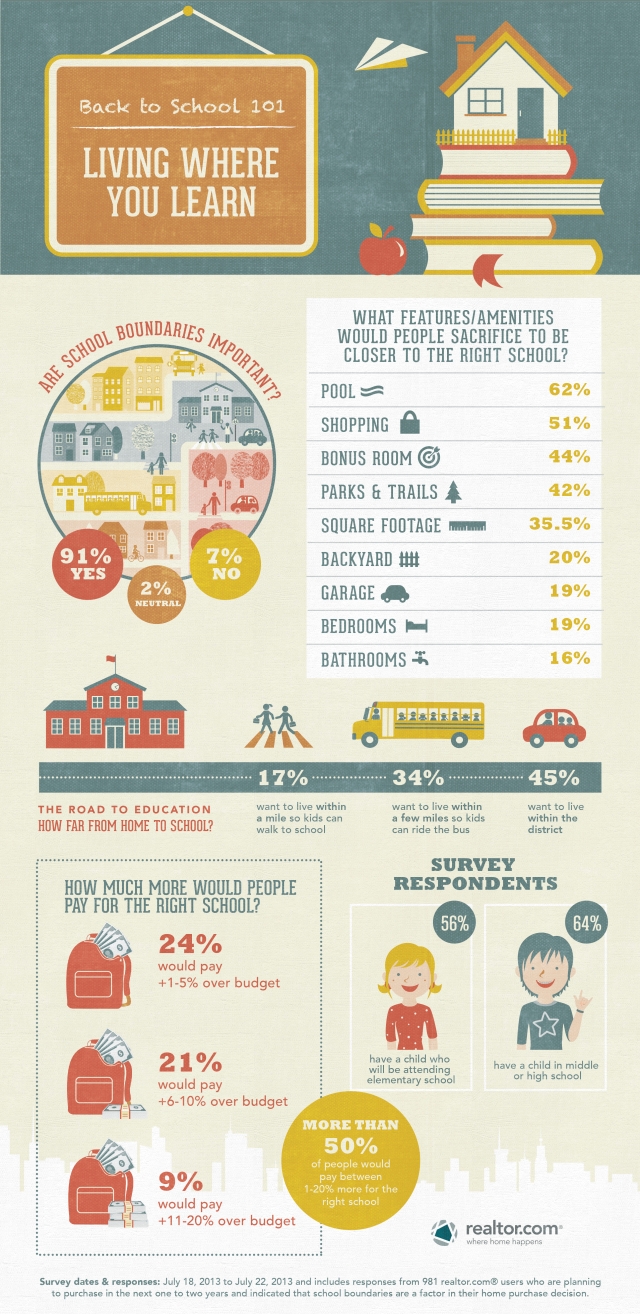The video above from the Cecil County Public Schools web site discusses a study conducted by Business Economic and Community Outreach Network of Salisbury University titled “Economic Impact Analysis of the Publicly Funded Pre-K-12 Education on the Eastern Shore of Maryland.”
Highlights (FY 2010-2011)
- Estimated annual economic impact of the Cecil County Public School system over $160 million
- School system supports over 3,000 jobs.
- Every dollar spent on public education results in an additional $1.35 spent in the county.
- Every direct job in the public school system is associated with another .5 jobs in the local economy.
- Public education and transportation infrastructure are the only spending categories that have such a high return on investment.
Video Transcript
>>Speaker 1: How many headlines have you read about cuts in public education spending because of state and local budget deficits? Probably too many. A new study conducted by BEACON at Salisbury University has basically concluded that public education spending is a necessary investment.
>>Speaker 2: When we look at public investment in education, k-12 education, many a time we make the mistake of concentrating just on the cost of what we spend as a county, as a state, as a nation; but it is more than than that expenditure, it is actually an investment in business, economic, and community development. We just can not have, we can not even mention a good economy, we can not mention a great community without having a great education system in place. Every investment we make in education is actually one of the most infrastructure investments we make in our future. This is easy to understand in a narrative but with this study we were able to prove it quantitatively. We were able to show the dollars and cents of the value of this investment; in fact when you look at the whole gamut of public investments, there are only two investments that return this big a return on investment: one is transportation infrastructure investments, you need the roadways in order to make commerce happen but even more important than transportation investment you need the self infrastructure, the people power that powers our economies and that is education. a trained and trainable workforce, an educated workforce, professionals that make things happen, create wealth, the creative class, this is all coming from that public investment in education and it is a huge return on investment.
>>Devine: in fiscal year 2012 , I had to cut over $7 million from the school system’s budget . We have not recovered and each year we attempt to prioritize the greatest number of needs, the most significant needs but as you continue to have decreasing budgets it erodes our ability to do that. we also have issues with our capital improvement program. We have buildings and our infrastructure that need to be invested in…
>>Speaker 3: In Cecil County the estimated annual economic impact of the Cecil County Public School system in FY 2010-2011 is more than $160 million. The school system also supports over 3,000 jobs. For every dollar spent on public education there is an additional $1.35 spent in the county. Every direct job in the public school system is associated with another .5 jobs in the local economy
>>Devine: Cecil is the largest employer in Cecil County, Cecil County Public Schools, and we go back and forth with another entity but this year we are the largest. We were named large business of the year in Cecil County but I don’t think people understand what that really entails.
>>Speaker 2: When we compare public investments in areas of our communities. We look at the dollars and how that one dollar goes into that particular expenditure. What we really need to look at is the outcomes iof that dollar investment. Let me give you a very concrete example: in one partiular jurisdiction we looked at a rule they had in place to replace their garbage trucks every 3.5 to 4 years. They had a schedule when that schedule hit they replaced the garbage trucks without any regard to whether that truck was still serviceable, with a little bit of maintenance could have kept it another year or two on the road. On the other hand when you look at education investment, we simply look at that dollar and what we are spending. We should look at what is coming at the other end of that investment. Should we replace that garbage truck every 3.5 years or should we keep it another 2 years and keep that savings to invest more in education? These are the kind of value judgments that decision makers have to make and our study gives them the tool with the dashboard to be able to make those decisions, to be able to see the outcomes of their investments, to be able to compare the relative value of each dollar they spent in different categories. That is one of the clear values of this study.
>>Devine: …hopeful that we can work with the county executive and with the county council to determine areas that we really need to be addressed. As I said our capital improvement program, our small capital projects, and our operating budget. WE also have a need to expand career and technical education and we’re hopoeful that we can make them see as well that that’s an investment. That education is not just an expenditure in a county budget, it’s an investment in the overall community and the community’s future.
>>Speaker 1: When you look at the most obvious benefits of a quality public education, it offers a trainable workforce in your community, it also offers a better quality of life, and then higher earning potential for people who have a good education. That’s the top of the list.
